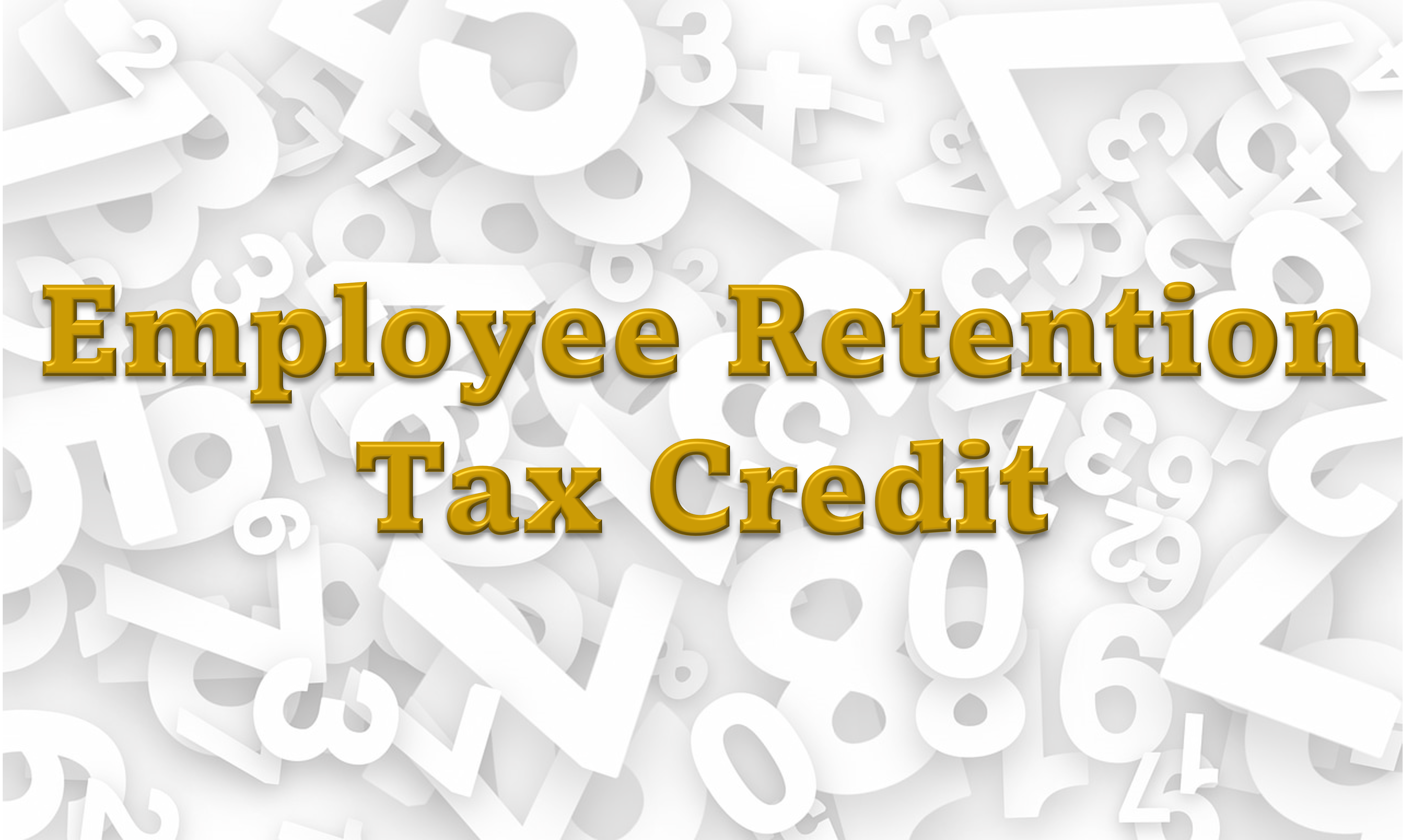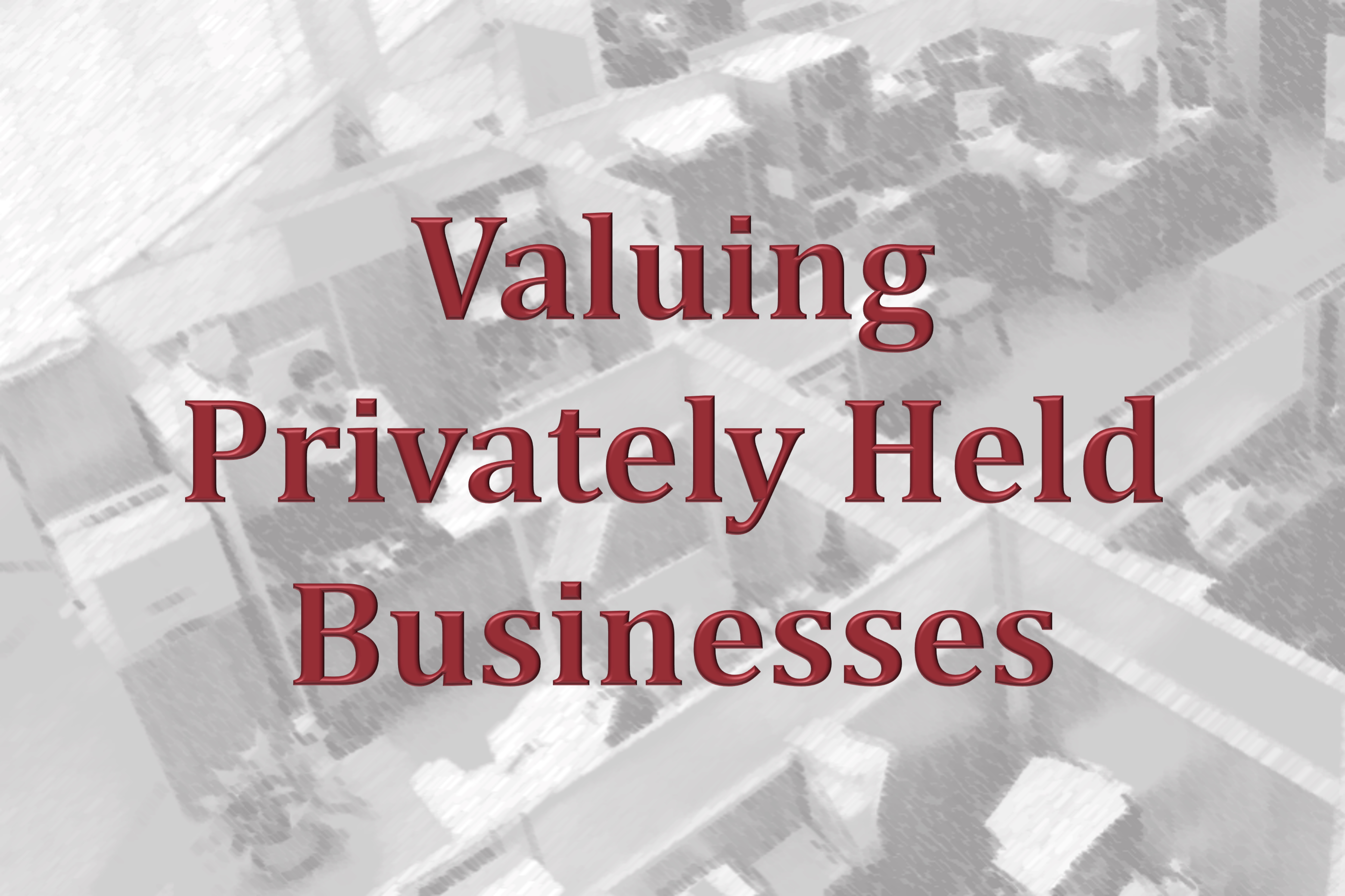The new FAQsreleased as of August 11, 2020 are divided into four sections addressing different aspects of the process and calculations PPP borrowers should use to determine how much of their loan is forgivable. Following is a brief description of each section and highlights from the guidance provided.
General loan forgiveness:The first FAQ of this section clarifies that sole proprietors, independent contractors, and self-employed individuals who had no employees at the time of the PPP loan application and did not include any employee salaries in the computation of average monthly payroll in the Borrower Application Form automatically qualify to (and should) use the PPP Loan Forgiveness Application Form 3508EZ.
Loan forgiveness payroll costs: This section contains eight FAQs. Question No. 8 addresses how to determine the amount of owner compensation that is eligible for loan forgiveness. The answer provides examples for owners of C and S corporations, self-employed Schedule C (or Schedule F) filers, general partners, and LLC owners. It also defines an owner-employee as someone who is both an owner and an employee of a C corporation. The term was referred to in the PPP loan forgiveness application but not previously defined. Also addressed are partial pay periods, group health care benefits, and two questions related to payroll costs that were incurred or paid outside of the eight-week or 24-week covered periods.
Loan forgiveness non payroll costs:This section contains seven FAQs. It clarified questions like the Alternative Payroll Covered Period for payroll costs does not apply to non payroll costs, and payments made on recently renewed leases or interest payments on refinanced mortgage loans are eligible for loan forgiveness if the original lease or mortgage existed prior to February 15, 2020. It also addresses that payments of transportation utility fees assessed by state and local governments and electricity supply charges (even if charges are invoiced separately) are eligible for loan forgiveness.
Loan forgiveness reductions: This section includes five FAQs. No. 4 explains how borrowers should calculate the reduction in their loan forgiveness amount arising from reductions in employee salary or hourly wage. Three examples of the salary/hourly wage reduction are included.
The new FAQs added FAQs related to the PPP and EIDL:
- Describe SBA will automatically deduct the amount of any Economic Injury Disaster Loan (EIDL) advance received by a PPP borrower from the forgiveness amount remitted to the lender. And how a lender will be able to confirm such advance amounts.
- Instruct lenders on how to handle any remaining balance due on a PPP loan after the SBA remits the forgiveness amount to the lender, including if there has been a reduction in the forgiveness amount for an EIDL advance. Lenders must notify the borrower of the amount remitted by the SBA and when the first payment will be due. The loan must be repaid by the borrower before the maturity date, either two or five years. Previous guidance indicates that PPP loans originating before June 5, 2020, have a two-year term, unless the lender and borrower mutually agree to extend the maturity of such loans to five years. If the loan originated on or after June 5, 2020, the term is five years.
- Outline what a lender should do if a borrower received an EIDL advance in excess of the amount of its PPP loan. Lenders must notify the borrower when the first payment will be due, and the loan must be repaid by the borrower before the maturity date, either two or five years.
If you need assistance regarding this topic, please reach out to us at (469) 467 – 4660, or info@ahujaclark.com.






